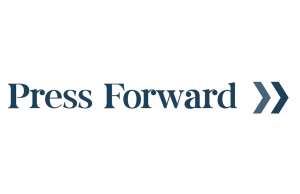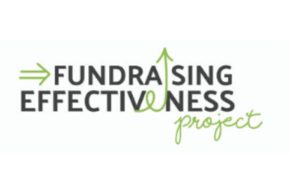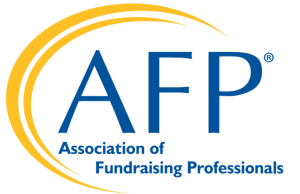It has been assumed that changes in the federal tax code caused donors to make a few decisions. Results of a new survey of donors released this week show that half of surveyed taxpayers made at least one change in their charitable giving strategy after the Tax Cuts and Jobs Act (TCJA). For those who gave less to charity, tax reform was the most frequently cited reason.
Fidelity Charitable asked donors about any potential impact that the recent tax law changes might have had to their charitable giving. While the majority of taxpayers did not change the total dollar amount donated to charity after tax reform, 50 percent say they made an adjustment to their charitable giving strategy, such as contributing to a donor-advised fund (DAF) or donating appreciated securities to charity.
Despite the changes that many taxpayers made in their approaches to giving, one-third were surprised about their tax situation after filing their 2018 returns. More than half of that group reported that their situation was worse than expected. Older taxpayers were disproportionately surprised — with 40 percent of Baby Boomers saying they were surprised, compared to only 29 percent of Millennials and 23 percent of Gen Xers.
Key findings of the survey, “Adapting to tax reform: How donors responded and their plans for the future,” include:
- Most consumers did not adjust the total dollar amount of their charitable giving in response to tax reform. Roughly 76 percent of taxpayers donated about the same amount to charity in 2018 as they did the previous year and 15 percent reported giving more.
- Millennials were more likely to have increased their charitable giving in 2018 than Gen Xers and Baby Boomers, although this is likely due to reasons other than tax reform, such as income growth or life stage. Taxpayers who work with a financial advisor were more likely to increase their giving.
- Of those who gave more to charity in 2018, the biggest driver for increased giving was a request from a nonprofit; 32 percent said this motivated their desire to give more.
- Only 9 percent of taxpayers said they gave less in 2018 than the previous year, but the new tax law was the most influential factor in this decision, with 48 percent of those who gave less citing tax reform as the reason.
- While most kept their total dollar amount unchanged, 50 percent of taxpayers reported making at least one change in their charitable giving strategy, such as contributing to a DAF, “bunching” several years’ of charitable gifts into a single year, or donating appreciated stock.
- Three-quarters of taxpayers say they will give about the same in 2019. Despite the significant group of taxpayers who were surprised by their tax situation in 2018, 75 percent of taxpayers say they will give about the same in 2019. This could be a missed opportunity for taxpayers to substantially improve their tax situations in 2019.
Donors to Fidelity Charitable, which is also a public charity, support more than 294,000 nonprofits with more than $40 billion in grants, according to the organization. For more information on the 12-page report and methodology, visit https://bit.ly/34yYV8a













